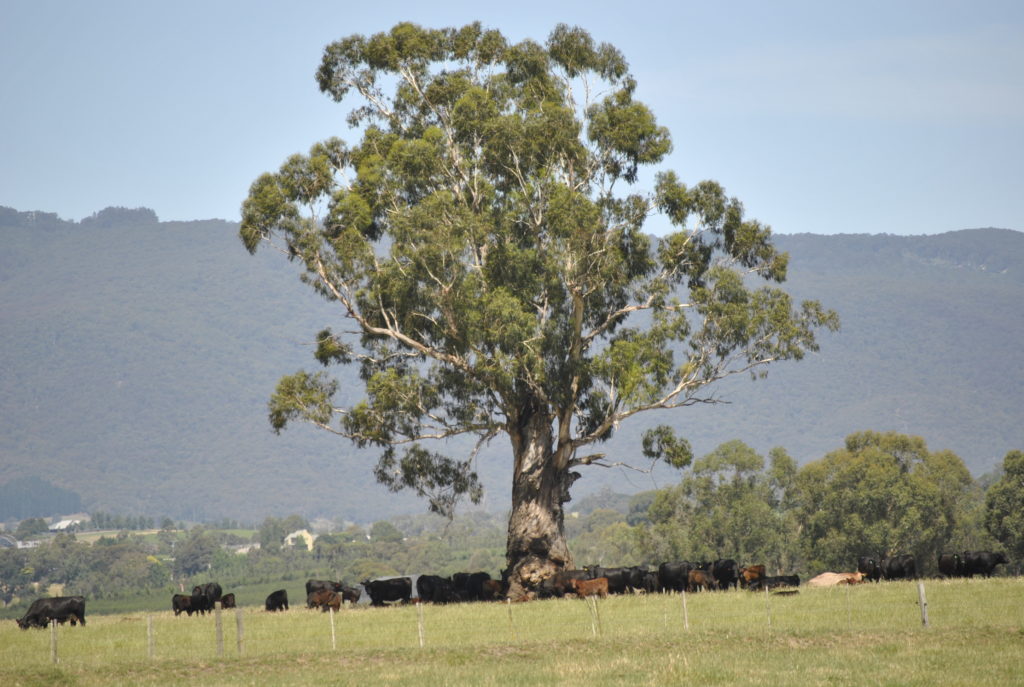Improving natural assets on farms
The area around Melbourne is known as ‘Melbourne’s foodbowl’ and with close to 5,000 farms in the Port Phillip and Western Port region it is one of the most productive agricultural regions valued at $1.6 billion annually. Improving natural assets on farms provides benefits for the environment, farm productivity and for farmer health and wellbeing. This project would focus on rehabilitating farms to 2025 best practice standards. There are many new innovative practices and discoveries that have been made to improve soil, water and biodiversity on farms.
In 2025 farmers want to increasingly participate in carbon and biodiversity stewardship programs. As part of this project, demonstration farms will implement latest best practice soil, water and biodiversity management and register for the incentive based schemes. The project will be in partnership with Landcare Networks across the Port Phillip and Western Port region and bring in research and investment from a suitable university.

Themes and Local Areas
| Primary Theme: | Sustainable agriculture |
| Other Themes: | Soil health, Native vegetation, Native animals, Land use, Climate Change |
| Primary Local Area: | All Local Areas |
| Other Local Areas: | – |
| Project location: | This project will extend across the whole of the Port Phillip and Western Port region |
| Scale of the project: | Information |
| New or continuing work: | New project/work |
Project partners
| Lead organisation: | Melbourne Water |
| Key partners: | Landcare Networks, Research institutions |
| Registered Aboriginal Party/s relevant to the project or its area: | Wurundjeri Woi Wurrung Cultural Heritage Aboriginal Corporation, Bunurong Land Council Aboriginal Corporation, Wadawurrung Traditional Owners Aboriginal Corporation |
Investment opportunities
| Opportunities for investors within this project start from: | $$$ (Hundreds of thousands of dollars) |
| Estimated scale of investment for full project implementation: | $$$$ (Millions of dollars) |
| Estimated timeframe for full project implementation: | 2-10 years |
Contribution toward targets
| Primary Regional Catchment Strategy target: | The Green Wedges and high value agricultural land of this region are retained for agricultural use and are supporting diverse and profitable agricultural enterprises |
| Relevant Biodiversity 2037 goal: | Raise community awareness of biodiversity and how it supports their personal and economic wellbeing |
| Relevant National Landcare Program priority: | Soil, biodiversity and vegetation – Industry best management practices that relate to native vegetation and biodiversity outcomes on farms |


